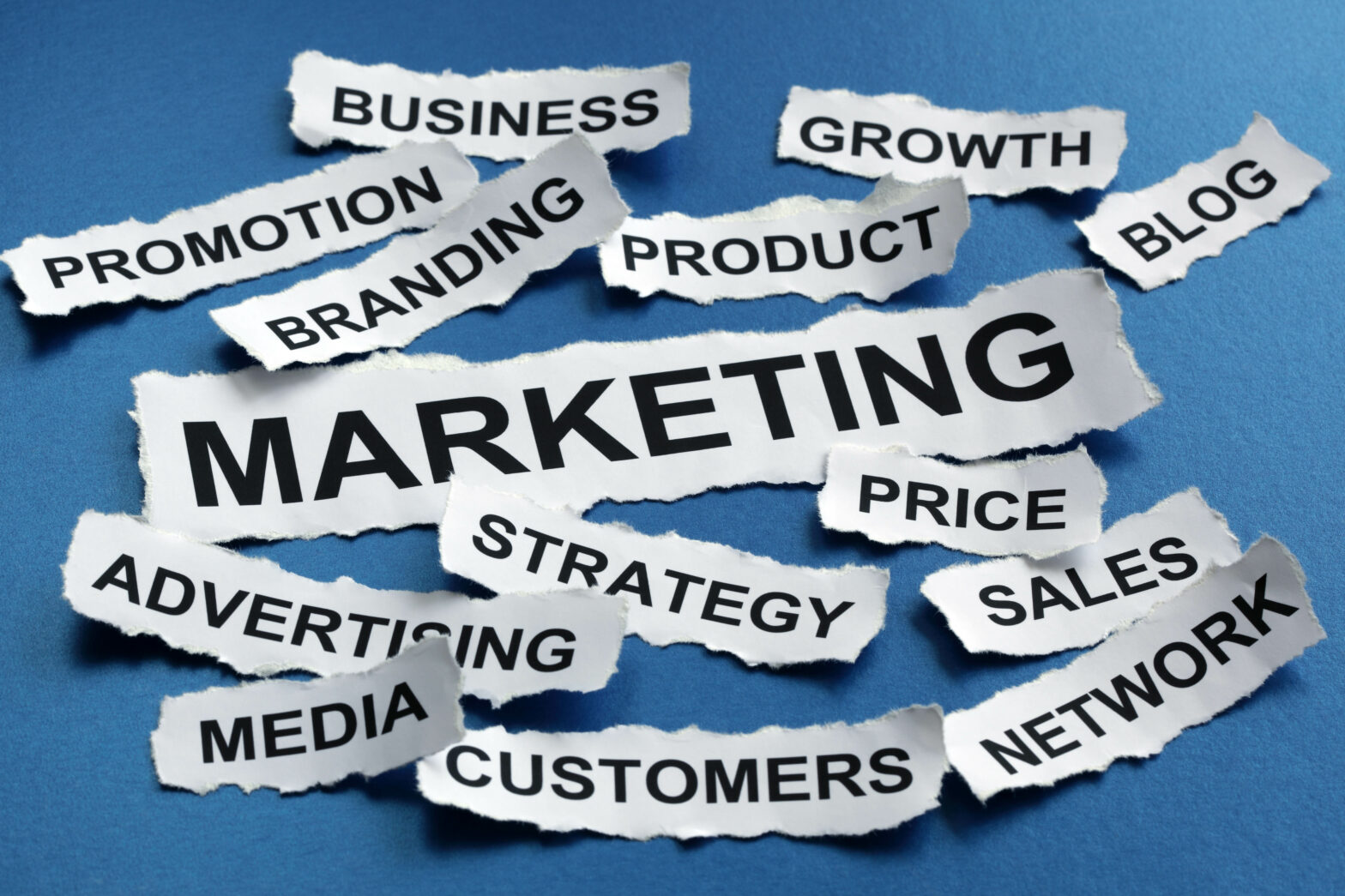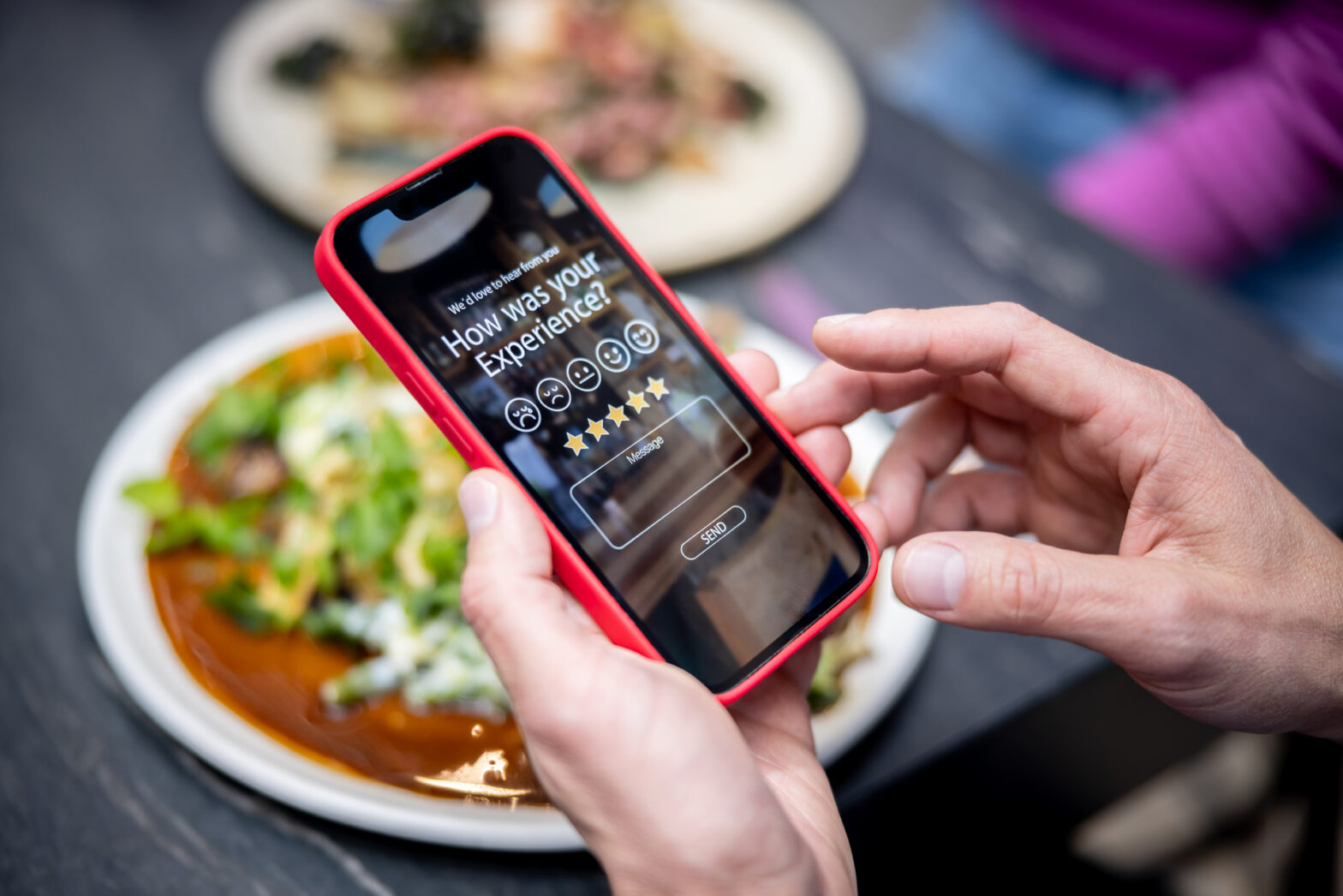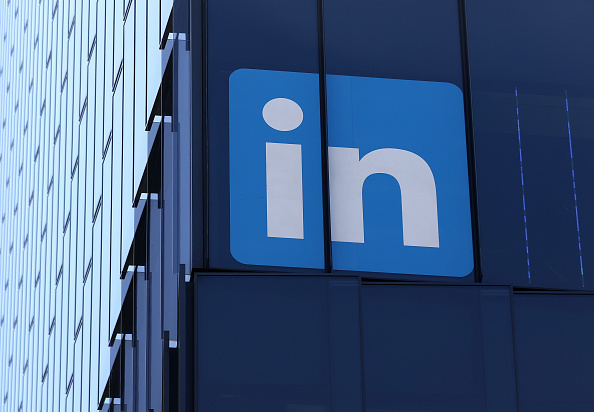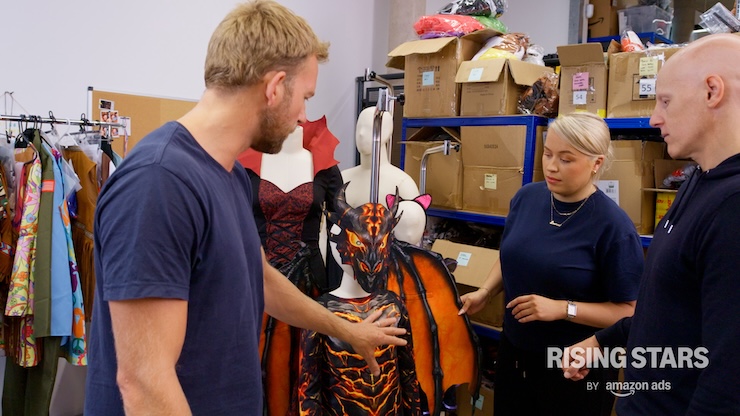Marketing is an avenue for small businesses that is often fraught with uncertainty. Start-ups by nature often have low cash reserves, and it is imperative that the money that is available goes as far as possible.
At first, the initial push for exposure will invariably come from within. Aaron Dicks, co-founder of digital marketing company Impression, knew early on that he and his colleagues would have to be the company’s biggest advocates until he could build the brand locally and in the industry. ‘We also knew that if we were to be successful, our online presence would have to be really strong, really quickly,’ he adds.
Dicks used the best tools he had at his disposal; his team’s SEO and digital PR expertise. ‘By launching a campaign to showcase the business and our expertise, we were able to gain exposure from national media websites, industry publications and respected regional businesses,’ he says.
To do this well, the company had to have something to say and it needed to be said to the right audience. ‘We did this for ourselves at the same time as helping our clients do the same thing; creating dynamic content pieces.
Working in the business we are in gave us an advantage, as this is what we’re paid to do for our clients everyday, but it’s something that every business should be making a priority.’
Dicks measures brand awareness success primarily through website traffic. ‘As a result of our work, our rankings for important search terms have increased and we have attracted more traffic through organic search,’ he says.
He measures new leads through goals on his website; primarily submissions of the company’s enquiry form and telephone calls tracked using the Call Tracks service.
Dicks says that his website traffic has increased by more than 40 per cent and the tracked goals by more than 30 per cent over the past year, with the company ranking in first position for all of its core services on Google local search, with high rankings across national search too.
‘Keeping up with new tech and evolving search marketing techniques and maintaining our SEO and PR activity is almost a full-time job, but no business can afford to neglect their marketing nowadays,’ he says.
Keeping a lid on costs
Clinton Lee, founder of consultancy Exit, which helps small company owners sell their businesses, was never a great fan of spending truckloads on advertising. He decided to first try generating traffic for his website, and drawing in potential clients, by sharing knowledge at places where his target clients could be found.
He started with SmallBusiness.co.uk and put together an article on business valuation: ’Why your business may be worth a lot more than you think’. He followed with articles on other business websites on topics such as how to go about selling a business, how to choose advisers/brokers, and how to extract maximum value.
‘These articles have been successful beyond my wildest dreams,’ he says. ‘SmallBusiness.co.uk alone generated over 200 visitors – highly targeted visitors, who spent on average a massive 2 min 27 seconds on my site.’
The cost to ‘buy’ those visitors in Google Adwords would have exceeded £800, Lee says. Articles in around 20 other locations have generated, together, thousands of visitors and saved in excess of £7,000 on advertising, he adds.
Lee says that these articles placed on reputed websites has convinced Google that his is the go-to site for business brokers, with Google having pushed his site up the rankings to within the first three spots for all UK searches related to business brokers.
‘The time invested in writing about 20 articles has resulted in direct traffic worth over £7,800 and indirect traffic via higher search engines rankings worth another £12,000,’ he says.
‘Within a few months of starting I’ve got a full order book and a waiting list of clients!’
Promotion across multiple channels
Andrew Jennings focused on a holistic approach for marketing his watch company Larsson & Jennings, promoting his brand across multiple digital channels and working to keep his network informed of all of the brand developments that were happening at the company.
Instagram has been an effective marketing platform for the business, Jennings says. ‘We founded the business in the same year Instagram launched and we’ve been using it from the outset to raise awareness amongst our target audience and reach out to fashion influencers using the app.
‘Not only does the visual nature of Instagram provide a great place for us to really showcase our product, it also helps us to tell our story and build our brand. Our Swiss-made watches have an international appeal, so using a global platform like Instagram helps us engage with our worldwide audience.’
Paid social is a key part of his digital marketing mix. ‘Because of the level of organic engagement we receive across our social channels, we can use this data to understand our audience better and support this engagement with them and with a new audience with relevant paid activity.’
Online marketing allowed the company to constantly monitor in real-time what was working and what wasn’t, something which can be almost impossible to track with more traditional media, says Jennings. He used this data to inform future marketing activity both online and offline.
The digital landscape provides a great opportunity to amplify your brand cost effectively, and ensure your customers can engage with you on multiple levels, he adds.
‘This is a particular challenge for a luxury brand such as Larsson & Jennings, but we have developed deep relationships with core digital influencers and omni-channel trade partners that understand our modern shift on Swiss-made watches. It is only with this level of understanding that businesses can ensure they maintain consistency.’
The benefits of traditional marketing methods
Jane Ward, founder of sweet shop and craft centre business Mable’s Paint Pot, attributes her frugal marketing spending to her Yorkshire roots, and has achieved great exposure through non-digital means.
In search of PR, Ward attended a do-it-yourself PR and marketing programme called BrandBooster with a friend who runs a communications consultancy. The six-week course cost about £400, and as part of the service Ward’s stories were sent to the local, regional and national press.
A welcome result was a front page piece in Woman & Home about Ward’s story of starting a new life and business.
Ward says, ‘I estimate we had 800 customers through the doors saying they had seen me in the magazine and wanted to call in.
‘My mum and I work in the shop and interact with every customer. We know everyone’s names, all our repeat visitors and so when someone new walks in, we always discover how they found out about Mable’s!’
Ward’s North Norfolk-based company targets hospitality businesses along the coast using leaflet drops, which cost her about £300-400 a year to print. ‘These definitely bring in trade; I love the way everyone in business down here supports each other,’ she says.
Vistaprint is the leading provider of customisable printed and digital marketing materials, enabling millions of UK micro businesses of any kind and at any stage to market themselves professionally.
See also: How to write a marketing plan





